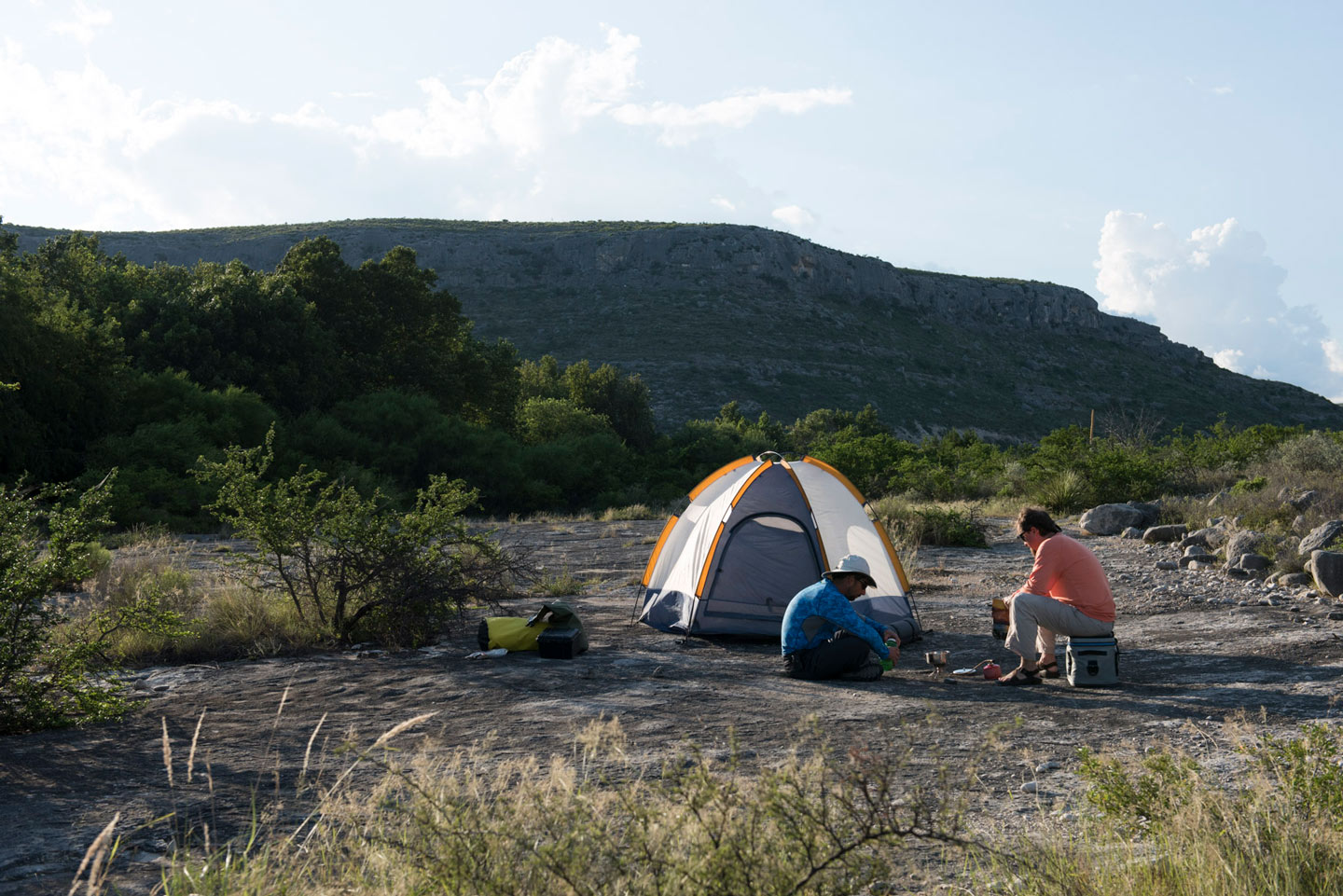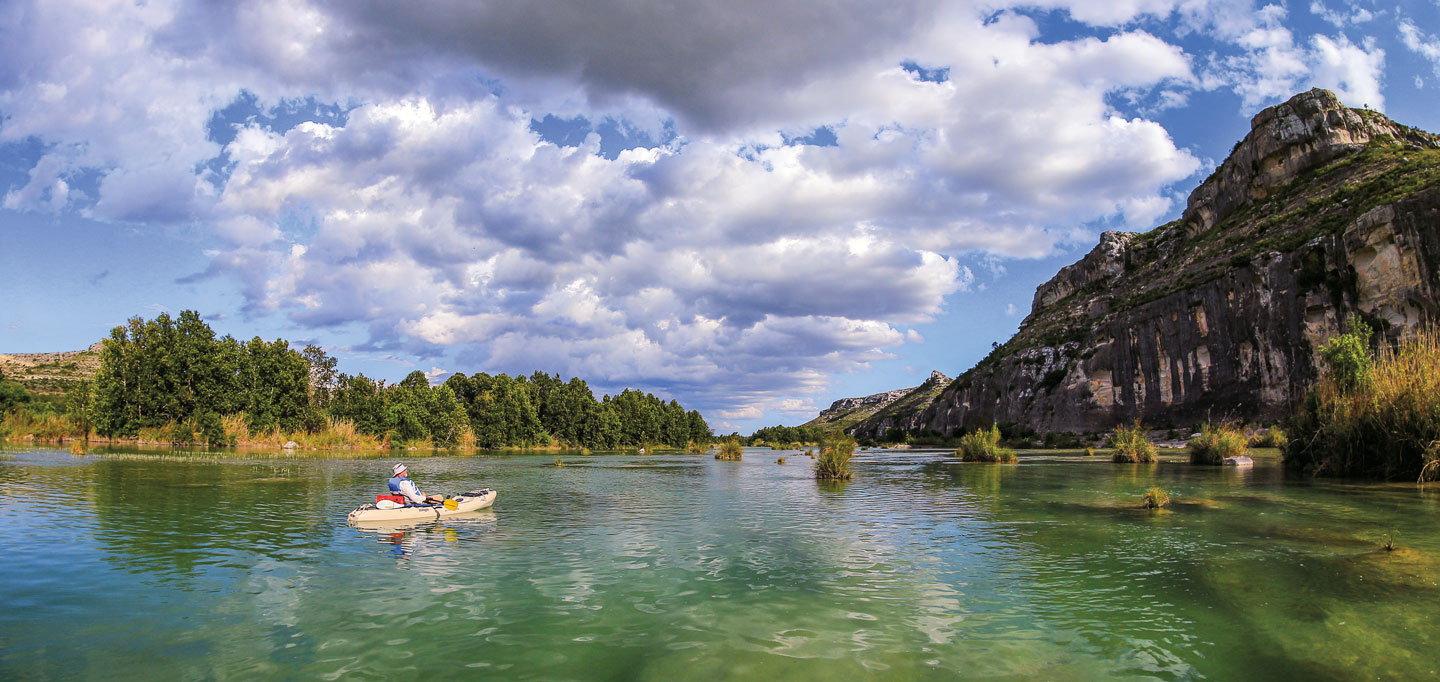
The Devils River grows more popular every year as word spreads about its crystal-clear water and spectacular setting. With the increase of paddlers embarking on overnight river trips comes increased tensions with the landowners who own the river’s banks.
Park rangers estimate that about 1,500 people paddled the river last year, up from about 250 per year in the 1980s. The river was largely unknown outside of the immediate region back then, before the state acquired the Devils River State Natural Area and the Nature Conservancy established Dolan Falls Preserve.
Read More
The Devils River is a public streambed, but the banks are privately owned with the exception of the state natural area. This creates a challenge for paddlers looking for a place to camp.
“You see this huge terrain, and it appears to many to be complete wilderness,” said Joe Joplin, superintendent of Devils River State Natural Area. “The paddlers may stop and camp and make a fire, thinking they’re in the middle of nowhere. But they may very well be trespassing with a property owner watching them with binoculars or a camera. So, we try to make the paddlers understand that it’s still someone’s backyard. It may be a 10,000-acre backyard, but it’s still a backyard.”
Paddlers are allowed to camp on river islands or within the bank’s “gradient boundary,” which is the public streambed that ends just inches above the water level. Although it’s not a scientific method, park rangers determine the gradient boundary by drawing an imaginary line up 10 inches from the water and then laterally to where it hits land. For practical purposes, this makes it difficult to camp on the banks without trespassing.
Devils River landowners are notoriously protective, having dealt with trespassers for years. The history of tensions is reflected in reports of paddlers cutting down trees, littering, and leaving behind ground-fire scars, along with tales of landowners booming loud music over paddler campsites and pointing guns at wayward paddlers. But hostilities have decreased and relations have improved over the years, Joplin said.
“Landowners want to bring paddlers into the fold as far as helping to respect and protect the river,” Joplin said.
In spring 2017, the Texas Parks and Wildlife Department leased campsites at two locations—river mile 12 between Bakers Crossing and the Del Norte Unit of the state natural area and river mile 20 between the two state natural area units—to provide a legal place for paddlers to camp and try to mitigate landowner concerns. Paddlers can also legally camp at the Del Norte Unit at a site called San Pedro Point or at a site at mile 29 on the Dan Hughes Unit. To use the state sites, campers must get both a Devils River Access Permit ($10 for the trip) and a campsite reservation ($5 per night).
The campsites are primitive, with no water or electricity supply. Some sites include a metal fire ring, which can be used as long as there’s no fire ban in place; paddlers must bring their own firewood. The sites also include small wooden privacy fences for campers to set up portable toilets. Campers must bag their human waste and other trash and carry it out with them. Glass containers are not allowed on the river.
“The campsites are safe and provide direct access out of the flood zone,” Joplin said. “It’s minimal, but it’s legal and safe riverside camping.”









